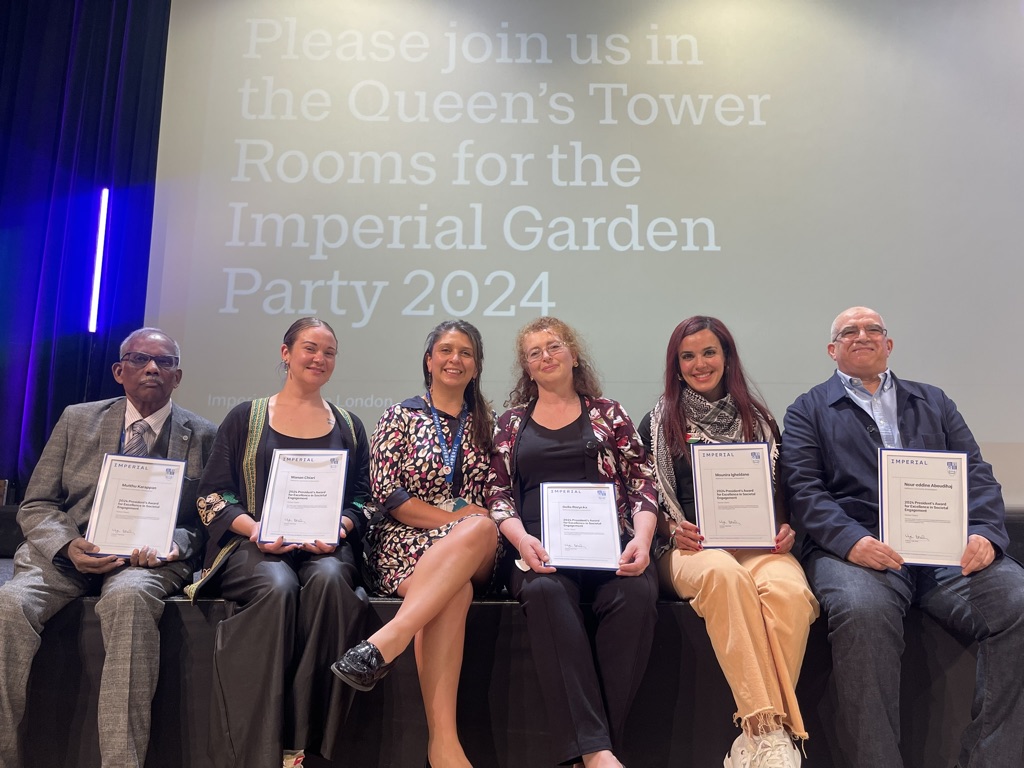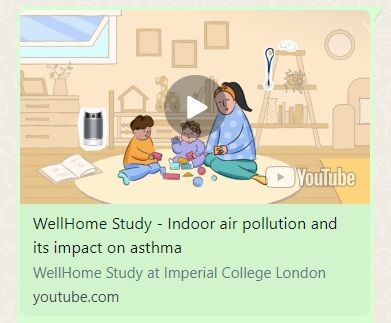WellHome Asthma Breakfast and Lunches
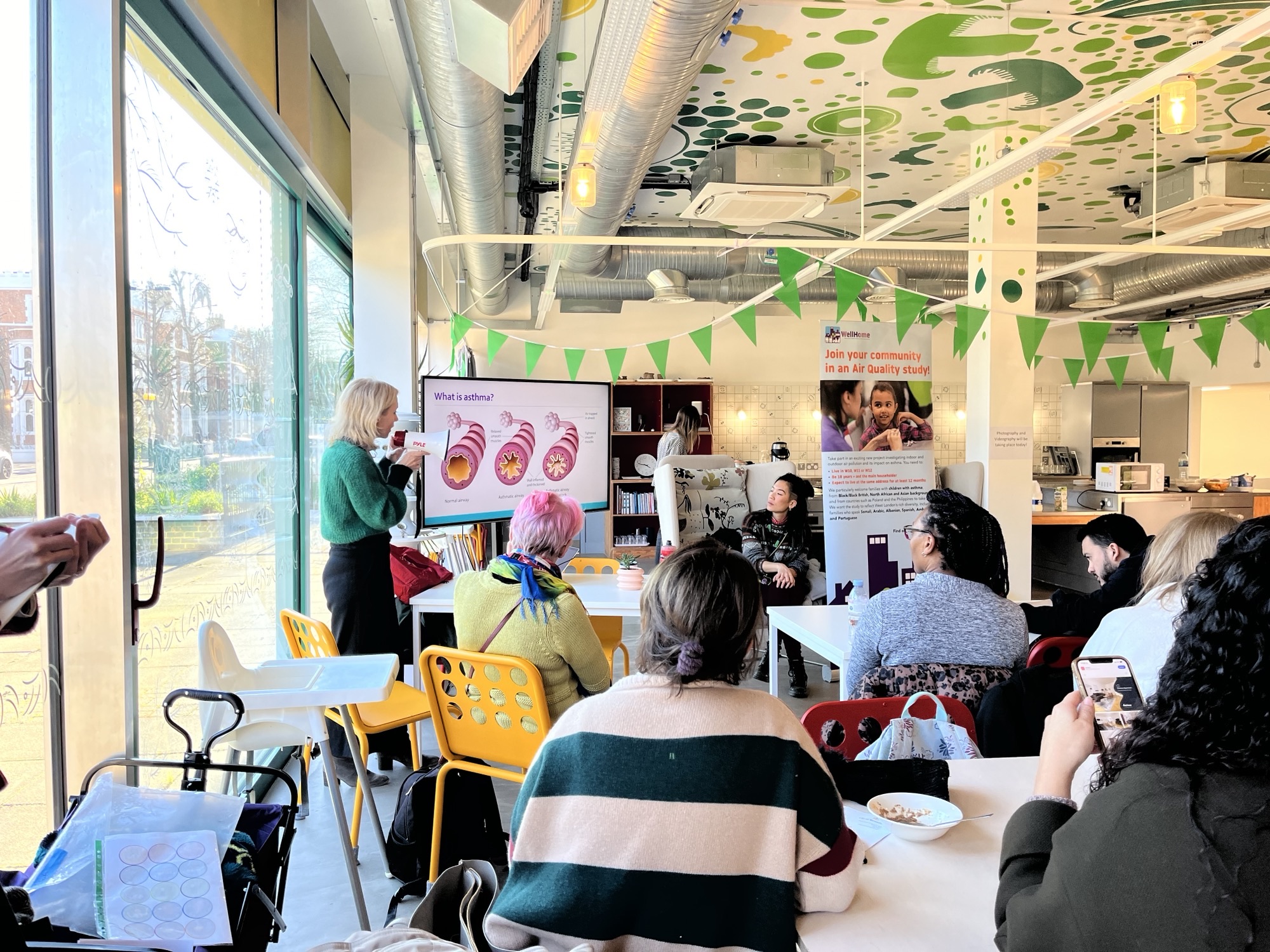
Connecting the local community with knowledgeable experts has been a key pillar of our work. Responding to requests from families and residents, we organised a range of asthma awareness breakfasts, lunches and talks throughout our WellHome engagement journey – open to the entire community. These events featured air quality researchers, respiratory physicians and sustainable housing experts, aiming to offer valuable insights into how our environment can affect asthma, the underlying reasons, and effective management strategies.
Alongside delicious local food, local residents had the opportunity to share their stories with others experiencing similar health symptoms and engage directly with our researchers and experts, receiving valuable information and advice to manage their respiratory conditions. According to feedback received, 100% of our attendees stated that the events increased their knowledge of air
pollution and made them want to find out more about asthma related topics. The majority of attendees reported feeling more empowered in managing their asthma as a results of these events.
With huge thanks to the Dalgarno Trust, Nourish Hub and the Invention Rooms, we were able to host the majority of these events in person. Additionally, as part of NOVA’s ‘Let’s Talk About…’ events, we also ran an online session with Dr Chloe Bloom and Dr Kate Simpson combining the effects of breathing conditions with the cost-of-living crisis.
Check out our Clean Air Day 2023 and the Asthma Breakfast Meet the Expert blogs here.
Planetary Protectors Club (2022-2023)
Air pollution is one environmental challenge, connected to many others. Together with our community partner NOVA, from Autumn 2022 to early 2023 we ran the Environmental Research Group’s first after-school science club for kids – the ‘Planetary Protectors’! Open to both new and existing WellHome families, the free club welcomed 28 local families to learn alongside researchers about the interconnections between environmental challenges. From going on walks with air pollution sensors, to using infrared cameras to explore the cost-of-living crisis, topics included:
1) Pollution and our planet
2) Health, healthy environments and me
3) 'Interactive sensing walk' - discover air pollution in the local area with Kayla, how do we track and measure it?
4) Seeing data - how scientists visualise data to make a difference
5) Rising fuel bills, energy efficiency and solutions
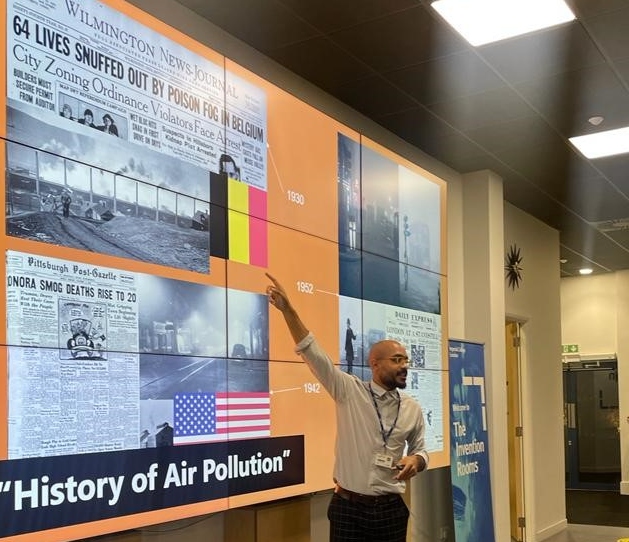
As well as hands-on science experiments, the final session included strategies for children to raise their voice on taking action for people and planet.
Based on received feedback, 83% of families gave the Planetary Protectors Club a top rating of five stars. Families particularly appreciated its interactive nature and practical tips on reducing environmental impacts. One parent commented, “Every activity was amazing and informative.”
Additionally, 82% of families said that the club increased their knowledge about environmental challenges, while an equal percentage expressed a desire to find out more about how to reduce their exposure to air pollution. These findings suggest that these types of activities serve as catalysts for fostering future positive behaviours.
A huge thanks to Mat Barnett (NOVA), Joseph Levermore, Justi Mak, Carl Desouza, Drew Glencross, Brendan Boss, Ian Mudway, Kayla Schulte, Emily Muller, Munira Elmi, Kate Simpson and Pete Knapp for contributing their time and expert knowledge to the club.
A Day in the Life of a Scientist – Visits to the ERG
At the suggestion of a local child named Joy, WellHome hosted two special visits to the world-leading Environmental Research Group at Imperial’s White City Campus. These events welcomed local families for a behind-the-scenes science experience, with the first one taking place on Clean Air Day in June 2022.
These visits sparked curiosity in children by providing opportunities to learn about air pollution and how scientists tackle it. Activities included interactive laboratory tours, quizzes, testing water quality, exploring chromatography (a method for separating
substances in mixtures) through pipetting, using microscopes to reveal the hidden worlds of plastics, and other techniques that are used by the Environmental Research Group. These sessions provided a hands-on interactive environment where families, researchers
and PhD student could come together. They strengthened relationships with WellHome families and brought to life the science happening inside their homes as they collect air quality data.
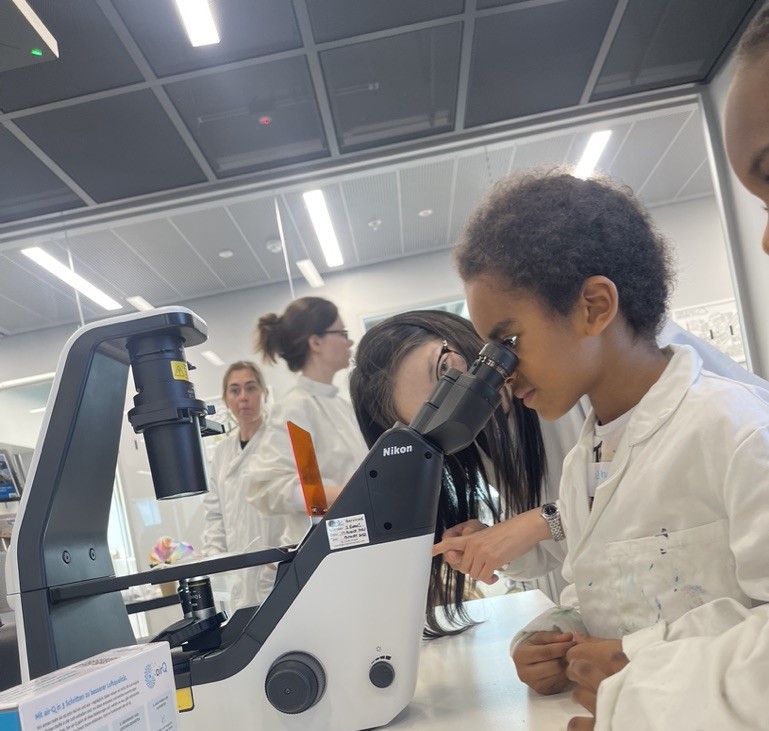
Mustaphe O Muse, a father in a participating family said: “The day was absolutely beneficial for the parents and the children - this will make the children interested in becoming scientists. Because of today I know what to expect of the WellHome study and will be more familiar with the equipment in our home. This will help me to be more involved in what’s happening in the home - so I can understand the importance of pollution and how it affects our home.”
In the latest Day in the Life of a Scientist in February 2024, the WellHome team worked with artist Elizabeth Salazar who used natural dyes to creatively explore the thoughts and feelings of children participating in the study, resulting in a co-created artwork.
All attendees reported that the visit made them ‘want to find out more about how air pollution affects our health’. The value of opening up the Imperial campus to local audiences should not be underestimated.
You can read more about the most recent visit:
https://www.imperial.ac.uk/news/254475/west-london-families-experience-science-behind
WellHome artist-community collaboration
‘The Indoor-Outdoor Continuum’ Map (2022)
Creatively exploring the idea of the indoor-outdoor air pollution continuum with 100 people
Artist Mo Langmuir, originally from West London, and community champion Janis Walton worked with families from the Girls Create a Vibe (White City) and Old Oak kids clubs to explore views of local air pollution via hands-on workshops. This resulted in not your typical map. The textile artwork reveals Nitrogen Dioxide levels in W10, W11 and W12 postcodes, combined with the feelings and movements of participants over 24 hours of their day, through prints, drawing and stitching.
The collaboration resulted in a transportable, educational resource used at over 25 engagement
events to encourage dialogue about local air quality and environmental research.
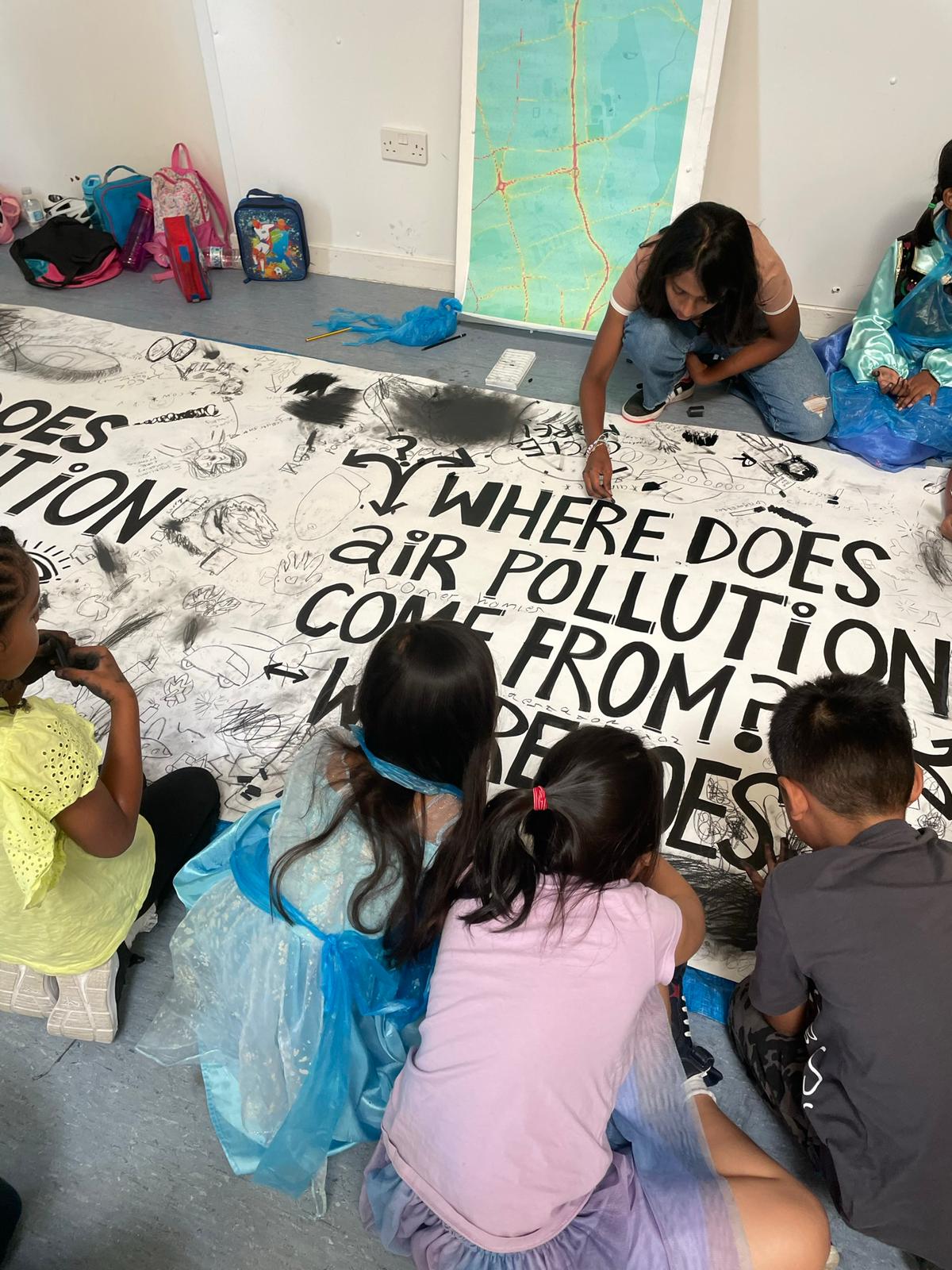
Find out more about the collaborative Indoor Outdoor
Continuum project: https://molangmuir.com/The-Indoor-Outdoor-Continuum
WellHome Community Ambassadors Win Partner Award in President’s Excellence Awards for Societal Engagement
In a remarkable partnership with local families and community organisations, WellHome has been measuring air quality inside and outside over 100 homes in West London to better understand the causes and impacts of air pollution, particularly on children with asthma.
The WellHome Ambassadors have been instrumental in this initiative. Their contributions have been vital in building relationships, earning trust, and generating practical ideas for the WellHome Study. The Ambassadors come from all walks of life, representing West London's rich diversity.
Their role as trusted community contacts has laid the groundwork for future meaningful and equitable research, aligning with Imperial's strategy for authentic engagement. The full impact of their work is yet to be fully realised, but their foundational efforts are already making a significant difference.
Huge congratulations to all the winners and those working on the study.
Find out more about our Ambassadors.
Our ambassadors from L -R (image below) : Mutthu, Manon, (Dr Diana Varaden, Lecturer in Environmental Social Science and Health, and Lead on WellHome Study), Della, Munira and Nour.
